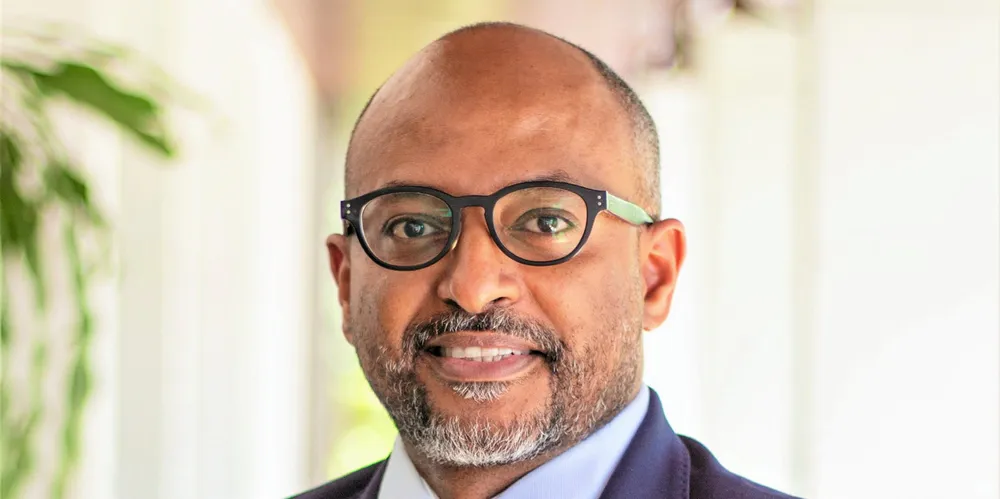Opportunities abound for investors in Africa's low-value species market, says WorldFish
The organization is trying to create a climate-change resilient tilapia that can withstand higher ocean temperatures and climate-related diseases.

The organization is trying to create a climate-change resilient tilapia that can withstand higher ocean temperatures and climate-related diseases.
